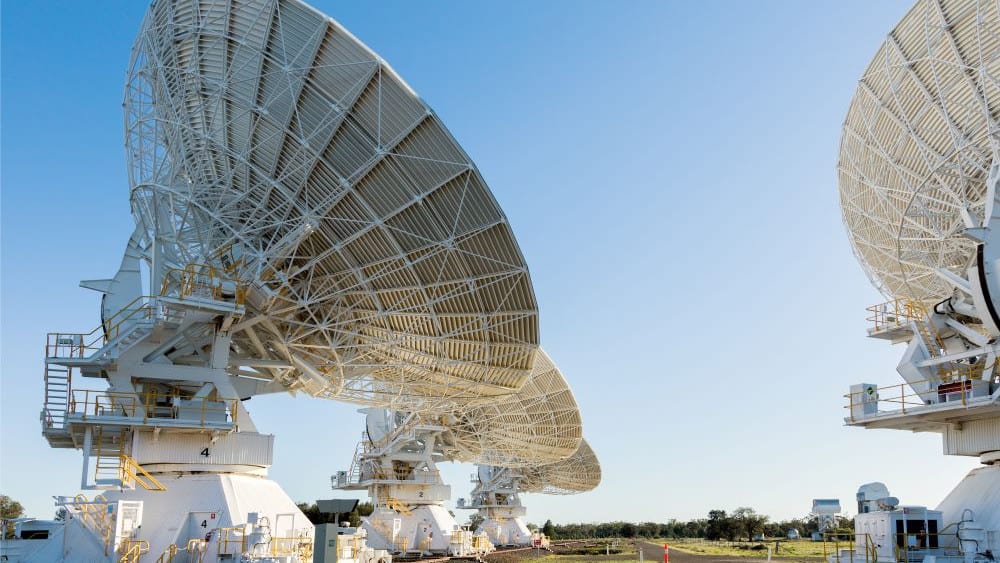
Infrastructure investors will continue pouring money into Asian data center projects despite ongoing business retrenchments by several large technology companies and concerns about the industry’s growth prospects, according to two sources and an analysis of Infralogic data.
The argument for continued investment in the region rests partly on a view that supply there is lagging demand. Indeed, while APAC greenfield data center transaction activity has risen in recent years, it still sharply lags comparable transaction activity in EMEA and North America, according to Infralogic data.
At the same time, demand for data center capacity in the region is not projected to slow anytime soon, according to an October economic research report commissioned by Google, Temasek and Bain & Co. — suggesting the region’s data center sector has some catching up to do.
It isn’t just data center transaction volumes that are growing in APAC — capex per project is on the upswing as well. The average investment size of regional data center projects meeting Infralogic’s inclusion criteria grew to USD 407m last year from USD 223m in 2019.
This combination of lagging past investment, rising demand and growing capex is a strong indication that investment in APAC data center projects will continue rising even as tech giants such as Google and Amazon lay off thousands.
“As an Asian player, we are actually fairly excited with the region’s prospects on a forward basis and we think it will continue to persist for the foreseeable future,” said Loh Hwee Long, data center chief investment officer at Singapore-based Alpha Investment Partners.
Global imbalance
The value and volume of APAC greenfield data center transactions reaching financial close in 2022 jumped exponentially, with 1.8bn invested across 8 projects, up from USD 719.6m invested across 9 projects from 2019-2021 according to Infralogic data:
While the APAC region’s data center growth was impressive, it persistently lags North America and Europe, where record investments were also made last year:
As reported, much of the world’s data center capacity growth is being driven by rising demand for processing-heavy online activities including the trend toward working from home, online gaming and cryptocurrency mining.
This investment gap suggests Asia has some catching up to do — particularly given the size of its population and its relatively lower penetration rates for e-commerce and subscription software, or software-as-a-service (SaaS).
“Their digital infrastructure is a lot more developed [in North America and Europe] compared to Asia, so we are still largely playing catch-up,” said Loh. “When there’s a massive wave of [data center] build-outs in the US, it takes about one to two years to translate down to the Asian space.”
Broader tech woes
Anyone not living under a rock is well aware that many large technology companies are in retrenchment mode following a period of heavy investing, and hiring, during the pandemic to accommodate the sharp increase in the number of people working from home.
But central bank efforts to slow economic growth and inflation via interest rate hikes have sparked volatility in equity markets and prompted many tech firms to pivot from seeking revenue growth at all costs and valuation maximization to earnings delivery and stronger balance sheets.
Concerned that they had grown too quickly, and in anticipation of weakening consumption and a slowdown in online activity growth, many companies have reversed course and cut jobs. Technology industry layoff tracker Layoffs.fyi estimates that nearly 140,000 sector employees have been laid off so far this year. For most tech firms, IT or cloud spending is typically correlated with headcount growth, according to a UBS equity strategist.
But Loh argues that much of that impact is being felt in established markets such as the US and Europe, whose data center markets are more developed than those in Asia. Regional dynamics suggest data center investment will continue in the APAC region, he said.
Growth drivers
The e-Conomy SEA 2022 report, commissioned by Google, Temasek and Bain, estimates that Southeast Asia’s digital economy will grow to USD 330bn (in gross merchandise value) by 2025 from almost USD 200bn in 2022.
Demand from regional tech players such as Bytedance and Sea — which have signed on as anchor tenants for several data centers still under development and have yet to aggressively pursue self-builds —underpins prospects for data center expansion in Asia.
As more companies in Asia’s emerging markets digitize their workflow through the use of enterprise resource planning and human resources software, demand for hyperscalers — large cloud service providers — will grow, according to the equity strategist. Venture capital firms think demand for software as a service, or SaaS, solutions by small- and medium-sized companies will result in an 87% increase in regional deal activity, according to the e-Conomy report.
The investment bias toward larger data centers is reflected in Infralogic data, which show that between 2019 and 2022, the average investment size per project grew to USD 407m from USD 223m. And rising capex means growing demand for financing.
“Scale matters now,” said Loh. “The market is trending towards bigger players with deep pockets to execute such [hyperscale] deals.”
New data center developers are often cash rich, said the equity strategist. Since 2019, the top 5 data center investors globally — nearly all of whom are backed by major asset managers such as EQT Partners, Vanguard Group and KKR — account for 42% and 29% of closed greenfield data center projects by value and volume, respectively, according to Infralogic data.
Moreover, over half of both launched and pre-launch data center-focused funds tracked by Infralogic are focused primarily on Asia, and are domiciled in Asia, reflecting a heavy focus on intra- rather than extra-regional investment:
Malaysia rising
Much Asian data center deal activity is currently focused in the more-developed internet markets of the Northeast, with China, South Korea, and Japan accounting for USD 12.82bn in live data center projects. But Malaysia has emerged as a standout in terms of regional development with over USD 7.7bn in live data center projects:
Malaysia has a digitally literate population and an increasingly digitized service sector where 87% of households use the internet and 60% engage in online financial transactions, according to the Association of Southeast Asian Nations’ ASEAN Digital Masterplan 2025 — suggesting the nation is well positioned to house data center developments.
The Malaysian state of Johor has been able to leverage its proximity to Singapore to drive investment and become a regional data center hub with closed and ongoing projects by corporates such as Keppel, YTL, and Chindata. “A huge part of this has to do with the moratorium situation here,” said Loh.
In 2019, the Singaporean government ordered a moratorium on new data center development, citing their intensive use of land, water and energy — all resources that are in short supply. Though the moratorium ended last year, Singapore’s government intends to be more selective of new projects, particularly in terms of their sustainability. “This has and continues to yield a lot of spillover effects for Johor,” said Loh.
A data center campus on the Malay-Thai border that is seeking to raise USD 2.3bn from investors follows a similar trend of betting on geographic proximity and regional connectivity. The campus joins another data center at the Delapan Special Border Economic Zone which was designated in 2022 by DE-CIX — an internet exchange operator — to facilitate cross-region internet traffic.








